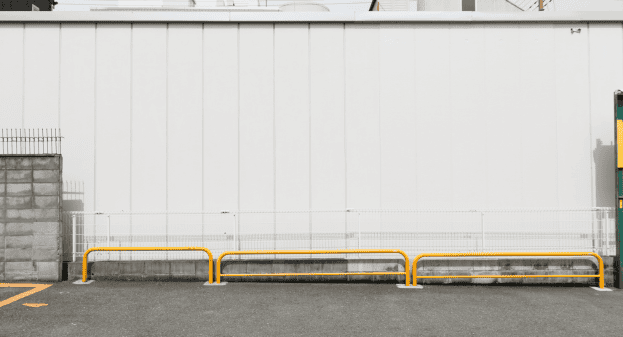In today’s environmentally conscious and economically driven market, the emphasis on energy efficiency and insulation in commercial buildings has never been higher. Siding, a critical component of a building’s exterior, plays a significant role in enhancing both. This blog explores how siding influences insulation and energy efficiency in commercial properties, impacting operational costs and environmental footprints.
Insulation and Energy Efficiency: Why They Matter
Insulation and energy efficiency are intertwined in the pursuit of reducing energy consumption and lowering utility costs. Effective insulation keeps the desired indoor temperature constant, minimizing the need for heating and cooling systems to work overtime. This not only cuts down on energy bills but also contributes to a more sustainable environment by reducing carbon emissions.
The Impact of Siding on Insulation
Siding materials act as the first line of defense against external temperature changes. Materials like fiber cement, vinyl, and certain types of wood siding offer varying degrees of thermal resistance, known as R-value. A higher R-value means better insulation properties, leading to improved energy efficiency within the building. Innovations in siding materials have led to products that combine aesthetic appeal with functional benefits, such as enhanced thermal insulation.
Fiber Cement Siding
Fiber cement siding is known for its durability and resistance to extreme weather conditions. While not inherently the best insulator, its composition allows for additional insulation to be easily added beneath it, effectively increasing the building’s overall R-value.
Vinyl Siding
Vinyl siding offers moderate insulation on its own but is often installed over insulation foam boards to significantly improve its insulating capability. Insulated vinyl siding has emerged as one of the most energy-efficient siding options available, often preferred for its ability to lower energy bills and reduce carbon footprints. This combination is effective in creating a thermal bridge-free layer around the building, greatly enhancing its energy efficiency.
Wood Siding
Wood siding, traditionally favored for its natural appearance, also has natural insulating properties. Certain types of wood offer better insulation than others, and the material’s ability to breathe can help regulate indoor temperatures, contributing to a more energy-efficient building.
Technological Advancements
Technological advancements have introduced new siding products designed explicitly for better insulation and energy efficiency. For example, insulated siding options are now available in materials like vinyl and fiber cement, offering higher R-values and improved energy performance. These products often incorporate rigid foam insulation that fits snugly behind the siding panels, reducing thermal bridging and enhancing the building’s overall thermal efficiency.
The Role of Professional Installation
The effectiveness of siding in contributing to insulation and energy efficiency is also heavily dependent on proper installation. Gaps, cracks, and other installation flaws can undermine the siding’s insulating properties, leading to increased energy consumption. Therefore, professional installation is paramount to ensure that siding contributes positively to a building’s energy efficiency.
Contact DCPS for Siding Replacement Options for Your Commercial Property
The choice of siding material significantly impacts a commercial building’s insulation and energy efficiency. By selecting the right siding products and ensuring they are correctly installed, building owners can significantly reduce energy costs and contribute to a more sustainable environment. As the market continues to evolve, the development of new materials and installation techniques will likely further enhance the role of siding in building insulation and energy efficiency. Reach out to DCPS today to discuss how we can transform your commercial property with siding solutions that meet the highest standards of energy efficiency and aesthetic appeal.



